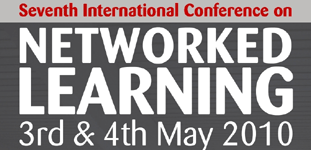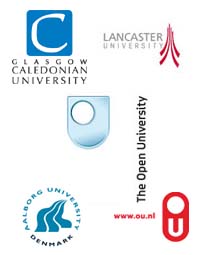

Finding the appropriate network for learning
Tom Nyvang, Ann Bygholm
Aalborg University, Aalborg, Denmark
Abstract
In this paper, we examine one aspect of the organizational conditions for networked learning in educational institutions: What are the conditions under which institutional actors decide upon Information and Communication Technology (ICT)-strategies for networked learning purposes? The question is discussed within the frame of a case study of the decision process during a shift from one learning platform to another in an education at Aalborg University. The aim is to explicate and understand the multiplicity of issues involved and to point to possible ways of handling such decision processes. In the case in question, networked learning is already well integrated, supported by management and professionally operated by a special section of the ICT department in this institution. We thus distinguish between three major activities mediated by technology, namely operation and support; management and learning practices; each characterized by different motives; and goals and conditions. The study is based on data from interviews with students, teachers, management and personnel from operation and support combined with data demonstrating the existing practice. On the one hand, the analysis shows that the predominant reasons for deciding to change are dissatisfaction with the existing system which is slow due to (too) many levels, lack of aesthetic design, lack of coherence in practices and, generally, lack of relevant content. On the other hand, the predominant arguments for choosing the new system are more related to issues of operation, support and management (e.g. that a body of knowledge and facilities to run the new system already exist in the organisation: i.e. modern open source, and commitment in the organisation to experiment and be up-front in technology issues. We argue that the issues of dissatisfaction with the existing system will not automatically be solved by implementing a new one; that many of the problems with the existing system are related to the way it is used; that the role of the system is vaguely defined in the organisation thus leaving decisions on form and content to individual teachers; and, that there is a need for explicit guidelines and user support on the one hand and, on the other hand, an explicit discussion about the role of the system in the educational practice.
| About NLC | Welcome Messages| Acknowledgwments | Conference Proceedings| Keynote Speakers| Index of Presenting Authors| Contact |